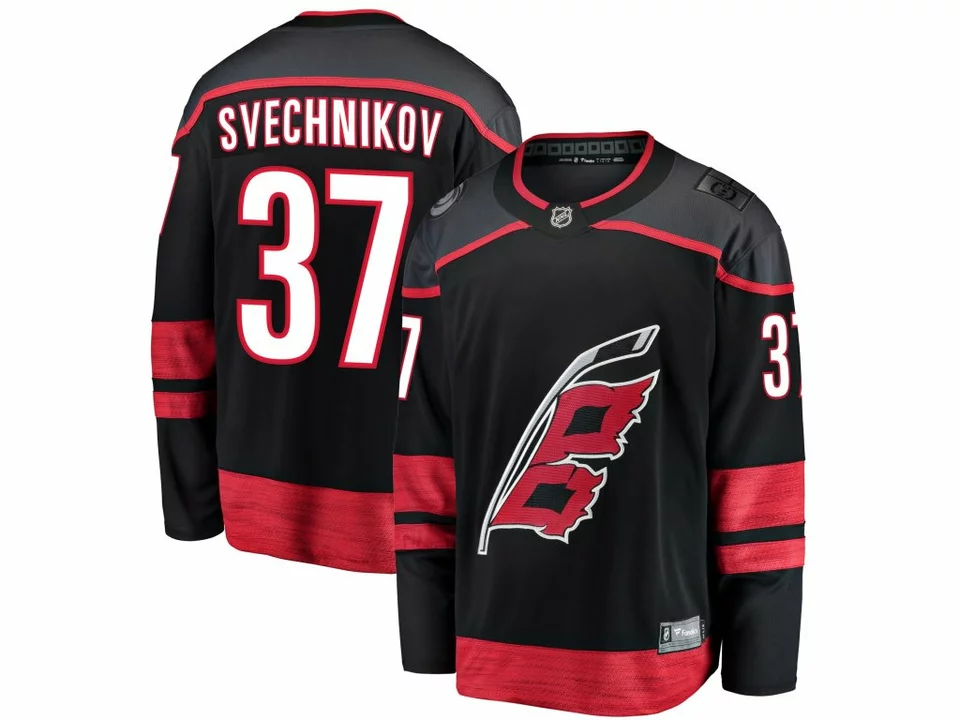How Much Does Playing Hockey Really Cost?
If you’re thinking about joining a team or getting back on the field, the first question is usually “what will this cost?” The answer isn’t one‑size‑fits‑all, but breaking it down into clear sections helps you plan a realistic budget.
Equipment Expenses
Gear is the biggest upfront spend. A basic set includes a stick, shoes or boots, protective padding, and a ball or puck depending on the version you play. A decent stick runs between £30 and £80, while a pair of field‑hockey shoes can be £50‑£120. For ice hockey, boots are pricier, often £100‑£200. Padding – shin guards, gloves, and a chest protector – adds another £40‑£100. If you’re just starting, look for second‑hand gear at local clubs or online marketplaces; you can cut the cost by half without sacrificing safety.
Don’t forget the small items that add up: grip tape, socks, and replacement heads for your stick. Budget around £20‑£30 for these consumables each season. In total, a brand‑new starter package will be roughly £200‑£350 for field hockey and £300‑£500 for ice hockey.
Club and Training Fees
Most clubs charge a membership fee that covers pitch usage, coaching, and match entry. Bromley Hockey Club, for example, offers a junior membership at £60 per year and adult membership at £80‑£120, depending on the competition level. If you want extra coaching sessions, expect to pay an additional £10‑£20 per lesson.
Some clubs run seasonal camps or intensive training weeks. These can cost £150‑£300 for a week‑long program, but they’re a great way to improve quickly and meet other players. If budget is tight, stick to the regular training schedule and use free online tutorials for extra practice.
Travel expenses also matter if you play in a league that requires away games. Car fuel, public transport tickets, and occasional overnight stays can add £50‑£150 over a season. Carpooling with teammates is an easy way to keep these costs low.
Finally, don’t overlook the cost of a healthy diet and fitness gear. Good nutrition supports performance and reduces injury risk. A simple weekly grocery plan aimed at athletes might add £30‑£50 to your budget.
By looking at each line item – equipment, club fees, coaching, travel, and nutrition – you can create a realistic budget that fits your pocket. Compare prices, buy second‑hand when possible, and share travel costs with teammates. With a bit of planning, you’ll enjoy the game without breaking the bank.
